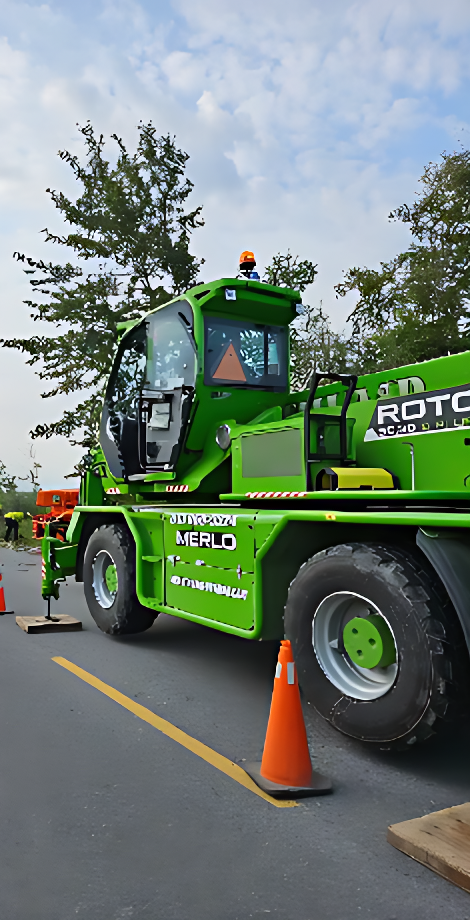Rhizosphaera

Rhizosphaera (Needle Cast of Spruce)
Generally, infected needles are purple-brown and then fall off in late summer of the second year’s growth. The infection normally starts on the bottom branches and then progresses upward. If the limbs are heavily infected, only this year’s needles remain; all of the second-year needles drop out in summer. The disease can kill a tree if severe, but usually it only causes some thinning of the centre and death of some of the lower branches, especially over several years of early needle drop.
For small infections in established trees, the best option is to treat the trees with a Bordeaux mix fungicide twice, early in June, then again in early July. This will help to manage the spread of the disease, and typically, with two years of applications in a row, moderately infected trees will recover to full healthy foliage again. One more tip to prevent the disease is to not water directly onto a tree’s branches. Moisture on needles helps to spread the disease.
Note: Completely infected trees may not be responsive to fungicide treatments and should be removed completely from the property.
